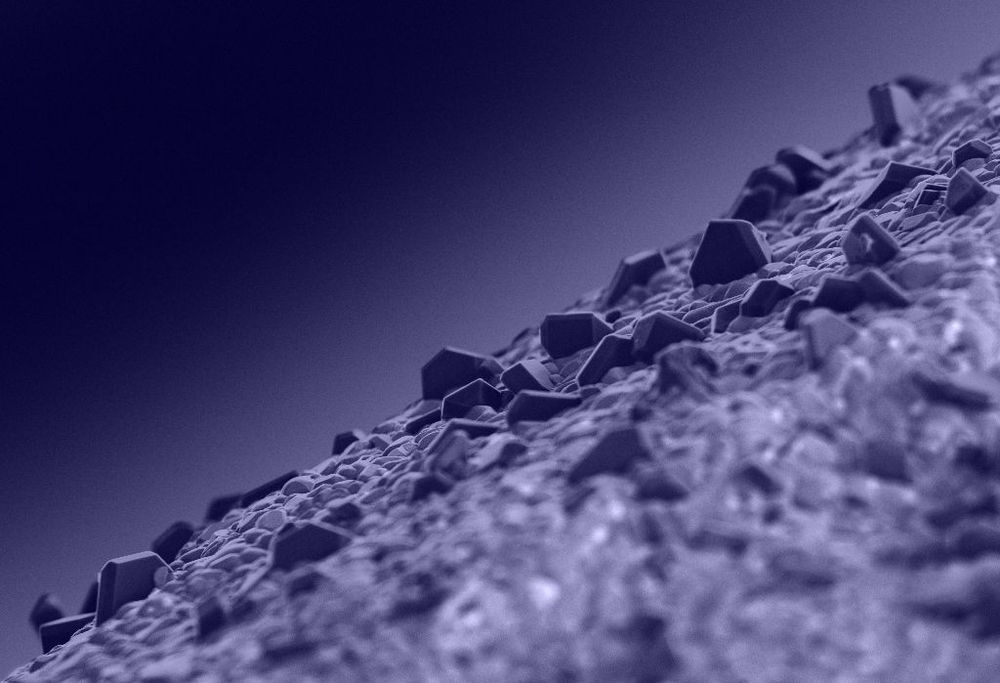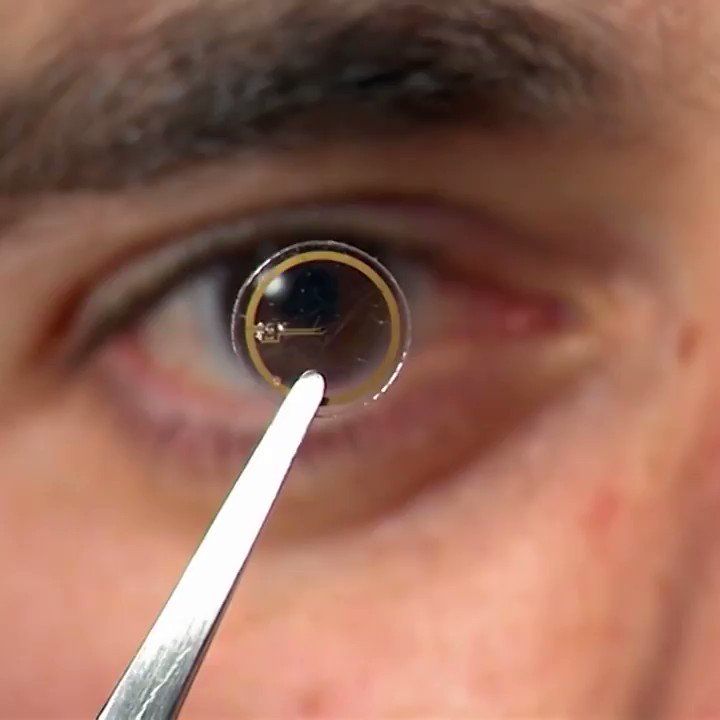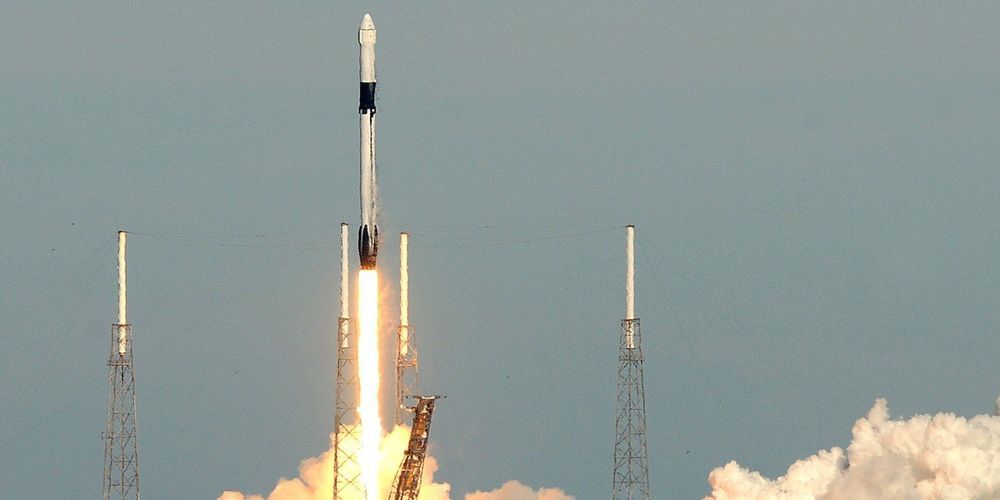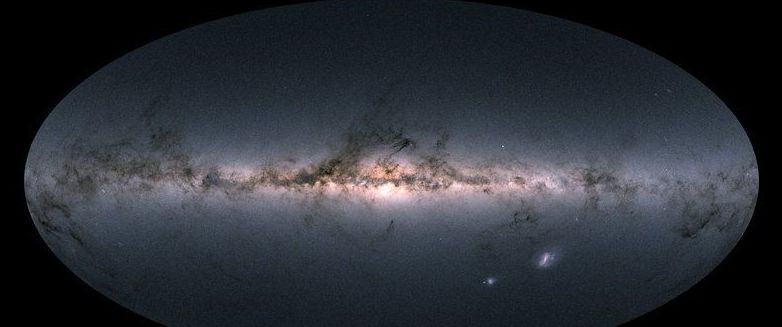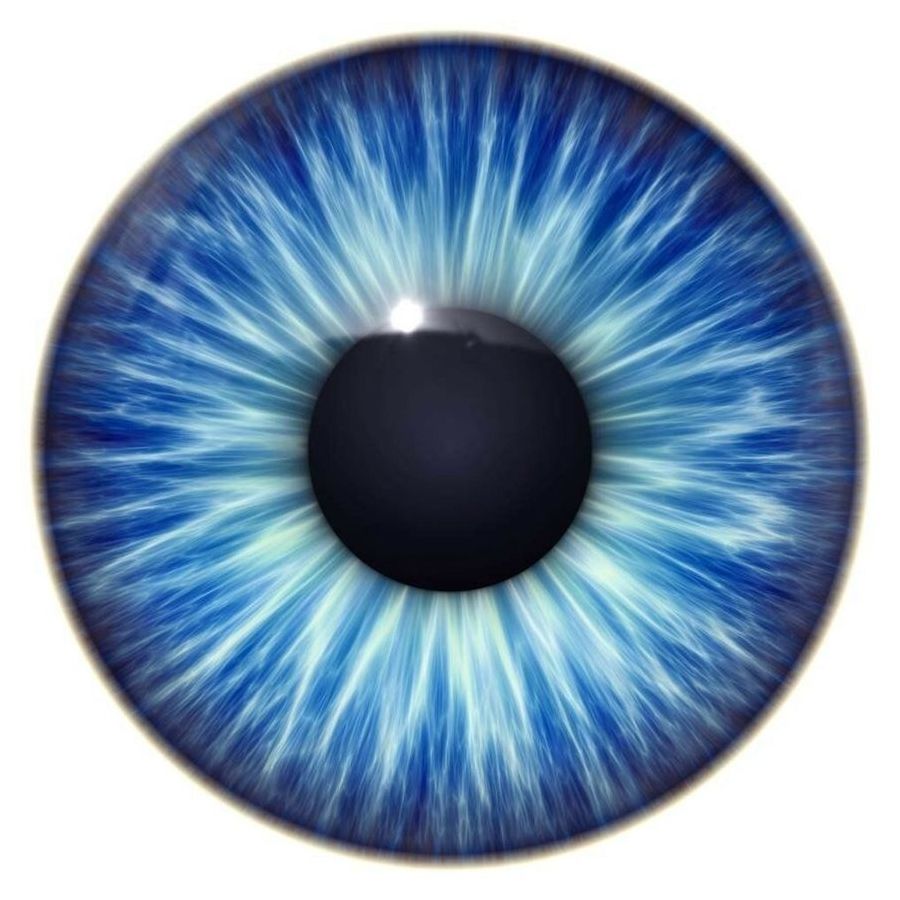Page 9173
Jan 28, 2019
Exponentials at play (and in future contact lenses): increasingly smaller, cheaper & more powerful computation, sensors & cameras will open a realm of possibilities…
Posted by Klaus Baldauf in categories: electronics, futurism
Exponentials at play (and in future contact lenses): increasingly smaller, cheaper & more powerful computation, sensors & cameras will open a realm of possibilities… #xMed
Jan 28, 2019
Stress and dream sleep are linked to pathways of brain cell death and survival
Posted by Xavier Rosseel in categories: food, neuroscience
Monitoring their sleeping patterns, researchers identified an increase in the duration and continuity of REM sleep and specific brain oscillations characteristic of REM sleep, whereas ‘deep’ sleep, or non-REM sleep, did not change. The changes in REM sleep were very tightly linked to deficiency in the regulation of the stress hormone corticosterone. Mild stress also caused changes in gene expression in the brain.
The first and most distinct consequence of daily mild stress is an increase in rapid-eye-movement (REM) sleep, a new study in the journal PNAS reports. The research also demonstrated that this increase is associated with genes involved in cell death and survival.
REM sleep, also known as paradoxical sleep, is the sleep state during which we have most of our dreams and is involved in the regulation of emotions and memory consolidation. REM sleep disturbances are common in mood disorders, such as depression. However, little was known about how sleep changes are linked to molecular changes in the brain.
Continue reading “Stress and dream sleep are linked to pathways of brain cell death and survival” »
Jan 28, 2019
SpaceX Revs Its Engines as It Gets Closer to Crewed Flight
Posted by Genevieve Klien in category: space travel
Next month SpaceX’s passenger capsule is expected to launch on an uncrewed mission—a big step towards bringing human spaceflight back to the US.
Jan 28, 2019
Design and Clinical Evaluation of the Interoperable Artificial Pancreas System (iAPS) Smartphone App: Interoperable Components with Modular Design for Progressive Artificial Pancreas Research and Development
Posted by James Christian Smith in categories: biotech/medical, information science, mobile phones
#OpenAccess #FullArticle The results of a new clinical trial have shown the safety and efficacy of the interoperable Artificial Pancreas System smartphone app (iAPS), which can interface wirelessly with leading continuous glucose monitors (CGM), insulin pump devices, and decision-making algorithms. The clinical trial and the app, which runs on an unlocked smartphone, are described in an article published in Diabetes Technology & Therapeutics (DTT), a peer-reviewed journal from Mary Ann Liebert, Inc., publishers.
Diabetes Technology & TherapeuticsVol. 21, No. 1Original ArticlesFree AccessSunil Deshpande,…
Jan 28, 2019
New Star Maps Shed Light on Milky Way’s Convulsive History
Posted by Genevieve Klien in category: cosmology
Hints of ghostly galaxies and ancient cataclysms in data from the Gaia spacecraft offer fresh insights into dark matter.
- By Summer Ash on January 28, 2019
Jan 28, 2019
Scientists bring new insight into how animals see
Posted by Genevieve Klien in category: futurism
Scientists from The University of Manchester have found a way to trick the eye into thinking the world is brighter than it actually is.
Jan 28, 2019
AI recreates paintings using 3D printing
Posted by Genevieve Klien in categories: 3D printing, media & arts, robotics/AI

The texture of an artist’s original work can now be reproduced with AI-controlled 3D printing.
Jan 28, 2019
Ghostly Galaxies Hint at Dark Matter Breakthrough
Posted by Genevieve Klien in categories: cosmology, innovation
Much as a ripple in a pond reveals a thrown stone, the existence of the mysterious stuff known as dark matter is inferred via its wider cosmic influence. Astronomers cannot see it directly, but its gravity sculpts the birth, shape and movement of galaxies. This makes a discovery from last year all the more unexpected: a weirdly diffuse galaxy that seemed to harbor no dark matter at all.
In 2014, microbiologists began a study that they hope will continue long after they’re dead.
